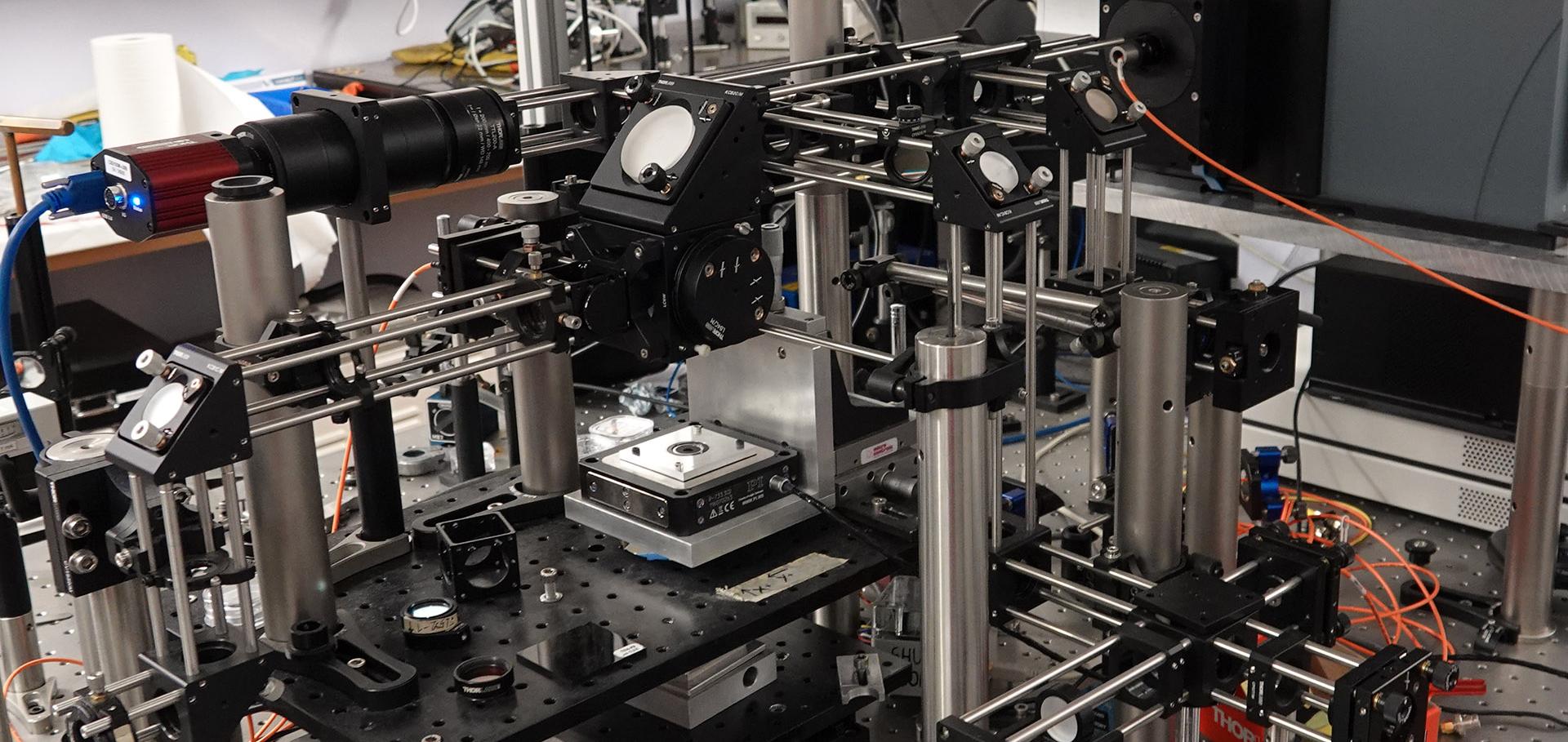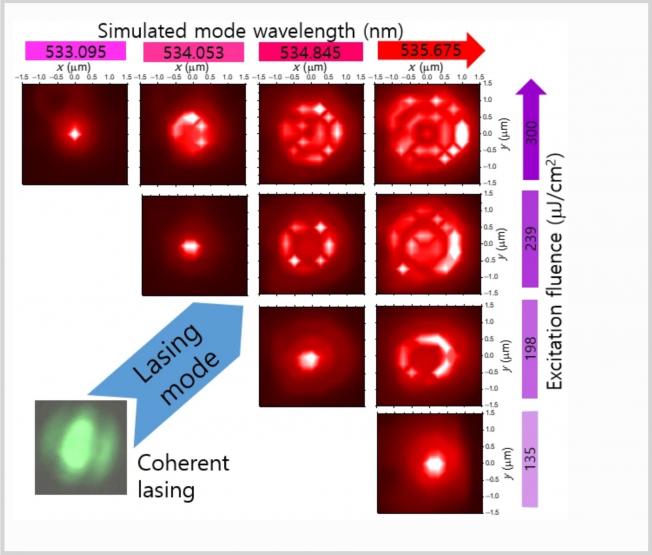Quantum optics, molecular spectroscopy and low-temperature spectroscopy: general discussion
Chapter in , Royal Society of Chemistry (RSC) 184 (2015) 275-303
Towards witnessing quantum effects in complex molecules
Faraday Discussions Royal Society of Chemistry (RSC) 184 (2015) 183-191
Growth of non-polar (11-20) InGaN quantum dots by metal organic vapour phase epitaxy using a two temperature method
APL Materials AIP Publishing 2:12 (2014) 126101
Strong coupling between chlorosomes of photosynthetic bacteria and a confined optical cavity mode
Nature Communications Nature Publishing Group 5 (2014) 5561
Abstract:
Strong exciton-photon coupling is the result of a reversible exchange of energy between an excited state and a confined optical field. This results in the formation of polariton states that have energies different from the exciton and photon. We demonstrate strong exciton-photon coupling between light-harvesting complexes and a confined optical mode within a metallic optical microcavity. The energetic anti-crossing between the exciton and photon dispersions characteristic of strong coupling is observed in reflectivity and transmission with a Rabi splitting energy on the order of 150 meV, which corresponds to about 1,000 chlorosomes coherently coupled to the cavity mode. We believe that the strong coupling regime presents an opportunity to modify the energy transfer pathways within photosynthetic organisms without modification of the molecular structure.Hyperspectral Imaging of Exciton Photoluminescence in Individual Carbon Nanotubes Controlled by High Magnetic Fields
Nano Letters American Chemical Society (ACS) 14:9 (2014) 5194-5200



